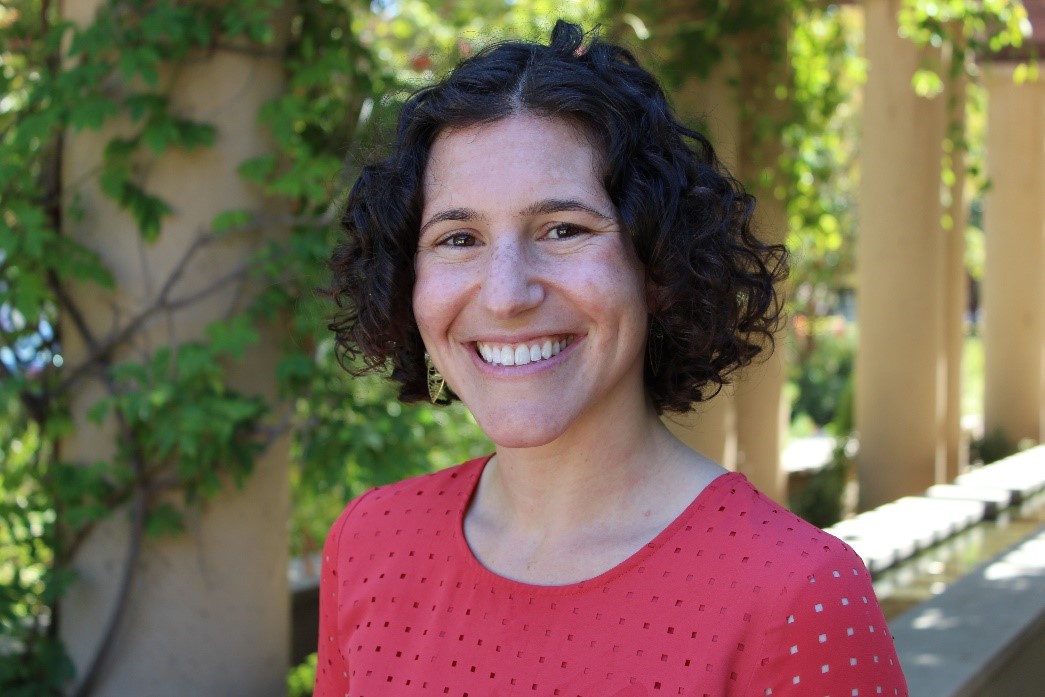Proceedings B authors, Jamie Caldwell and Mallory Harris, tell us more about their study which looks at the ecological factors responsible for the transmission of Zika.

While Zika was first discovered in the Zika forest of Uganda in the 1940s, its arrival and rapid spread through Latin America was unexpected and caused great concern because of an uptick in children born with microcephaly and Guillain–Barré syndrome from women who were infected with Zika while pregnant. A new paper in Proceedings B looks at ecological factors responsible for the transmission of Zika. Authors Jamie Caldwell and Mallory Harris tell us more about their study.
There was a large amount of variation in the timing and intensity of outbreaks of Zika across provinces in Latin America during the 2015-2017 outbreak. We were interested in understanding the extent to which weather and human population density were driving those differences in outbreak trajectories. Zika is transmitted by mosquitoes, and because temperature, humidity, and rainfall affect a variety of mosquito traits associated with disease transmission, we hypothesized that weather conditions would have a strong a strong influence the timing and intensity of Zika outbreaks. Previous studies based on laboratory experiments showed that the optimal temperature for dengue transmission, a virus closely related to Zika and transmitted by the same mosquito species, was 29°C. These studies suggest that locations with average temperatures of 29°C should have had the greatest Zika burden. To our surprise, we found evidence that Zika transmission was instead greatest in locations with mean temperatures between 20 and 26°C, considerably lower than previous predictions of 29°C. We suspect Zika burden was lower than we expected in regions with temperatures around 29°C because these areas may already implement mosquito control efforts to reduce dengue and/or people living in these areas may have higher rates of cross-immunity (e.g., antibodies from prior dengue infection may protect against Zika). We found that the combination of temperature, humidity, rainfall, and human population size explained broad scale patterns in where Zika emerged and the size of those outbreaks, with larger outbreaks in areas with higher human populations. In contrast, those same conditions explained very little of the differences of week to week transmission within locations.
Now that Zika arrived in Latin America, the disease is likely to continue circulating there. Like other mosquito-borne diseases, we expect the distribution of Zika to shift with ongoing climate change. Our study suggests that locations where Zika transmission may be most concerning are areas where temperatures are currently well below the predicted optimum (i.e., in areas with mean temperatures between 20 and 26°C).
About the authors
Mallory Harris conducted this research as part of a National Science Foundation Research Experience for Undergraduates (NSF REU). She is an incoming PhD student at Stanford University. In 2017, she received a Goldwater Scholarship for her work with John Drake at the University of Georgia studying early warning signals of critical transitions in vector-borne disease systems. She is interested in developing models and forecasting systems for infectious diseases to help guide disease control campaigns.

Jamie Caldwell conducted this research during a postdoctoral fellowship at Stanford University. She is currently a research fellow at the University of Hawai‘i. Her research investigates the ecological conditions that enable infectious diseases to spread in wildlife and people. She is also interested in near-term forecasting of disease outbreaks.

Erin Mordecai is an Assistant Professor at Stanford University in the Biology Department. She is interested in global change and the ecology of infectious diseases in plants, animals, and people.

What was your experience like publishing in Proceedings B?
Our experience publishing with Proceedings B was good. We had excellent reviewers, we received a generous amount of time to make revisions, and the editor responded quickly to my queries.
Proceedings B is looking to publish more high-quality research articles and reviews in health, disease and epidemiology. If you have an idea for a review, we strongly encourage you to submit a proposal by completing our proposal template and sending it to the journal. More information about the journal and the submission process can be found on our website.





